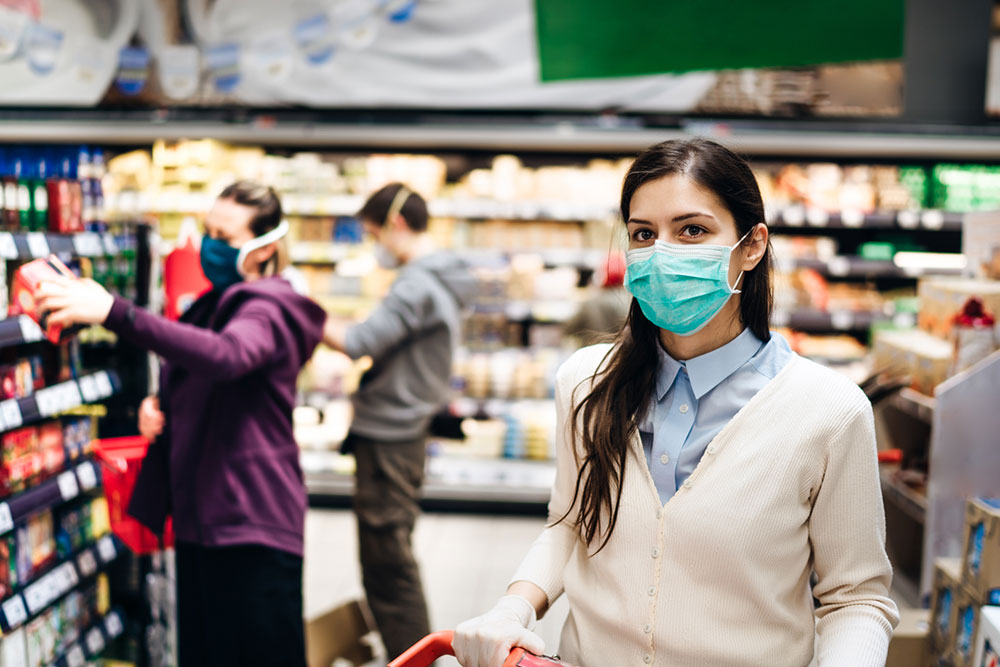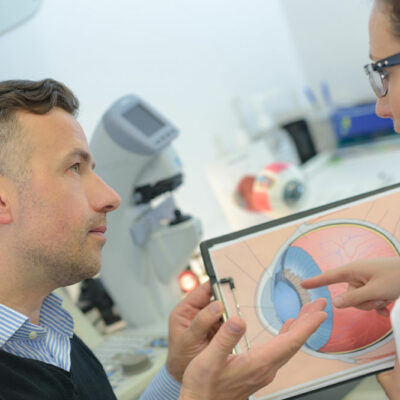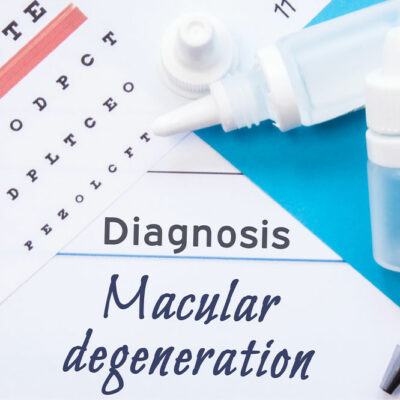8 high-risk public places for respiratory viruses

Respiratory viruses are highly contagious infections that spread through the air or by contact with contaminated surfaces. For instance, one may be infected if they are in the same space as a person with a respiratory infection. Similarly, if one touches a surface that someone with a viral infection has touched, one may also contract the infection. Due to this mode of transmission, certain places and venues pose a higher risk of getting infected.
High-risk public places for respiratory viruses
Hospitals
These are among the largest public spaces with a high risk of respiratory infection transmission. Due to the presence of numerous sick individuals, it is easy to come in contact with surfaces that may contain particles or droplets carrying the virus. Additionally, the enclosed space with air conditioning increases the risk of circulating airborne viruses throughout the facility.
Public transport
Using public transport like buses, cabs, trains, or airplanes can increase the risk of respiratory infection. When traveling on public transport, one is not only sharing the same space with other people who might be infected but also touching surfaces such as doors and handlebars that may have viral residues. Therefore, it’s important to be cautious and take necessary precautions to stay healthy and safe while traveling.
Supermarkets and malls
The layout of most supermarkets, grocery stores, and malls is usually such that it is hard to maintain distance from others. Moreover, these are enclosed indoor spaces with minimal scope of air ventilation. Thus, if someone infected by a respiratory virus coughs or sneezes and walks away, they will leave behind very small aerosol particles carrying the virus. Anyone who walks through this will be highly prone to contracting the infection.
Concert and sports venues
A lot of times, concert venues and sports stadiums do not have high-quality ventilation systems. In addition, the massive crowds at these places make it difficult to maintain stringent hygiene practices. People stand or sit quite close to one another, cheering, shouting, or singing. Thus, the infection can spread easily through respiratory droplets.
Movie theaters
Unless a movie theater has enforced safety and hygiene measures, the risk of infection from respiratory viruses is substantial, with people sitting close to one another and breathing the same air in a packed and confined theater. However, some theaters have an air circulation system that replaces the air over a brief period. In such places, the infection risk can be mild or moderate.
Classrooms
Schools and universities are common high-risk places for respiratory viruses. This is mostly because students, teachers, and other staff move around through different classrooms every day. Therefore, the infection can easily spread through the premises. Generally, the risk of infection depends on the size of the classrooms, the number of students and teachers, the distance maintained between each individual, and the ventilation of each room.
Restaurants, cafes, and bars
These are another significant hotspot for respiratory viruses. Restaurants, cafes, and bars that have enclosed indoor seating have a high rate of viral transmission. Even if hygiene measures are taken, and the space is well-ventilated, it is easy to be infected in these spaces since people are consistently talking loudly, eating, and coming in contact with chairs, cutlery, and plates that others have touched.
Religious services
Religious services have been identified as potential hubs for transmission and dispersal of respiratory viruses due to the nature of congregations gathering in closed indoor spaces. The risk of infection is high due to the large number of people present. Furthermore, when religious services run for a long period of time, the duration of exposure to the virus increases, further increasing the risk of infection. Therefore, it is important to take necessary precautions to reduce the risk of transmission in religious settings, such as ensuring proper ventilation, practicing physical distancing, and using personal protective equipment.
Tips to prevent respiratory infections in public places
Preventing respiratory infections in public places can be challenging due to the role of immunity and genetics in determining susceptibility. However, there are measures one can take to reduce the risk of contracting a respiratory virus. Here are a few tips to help prevent respiratory infections caused by viruses in public spaces.
Wear a mask
When heading outdoors, it is essential to wear a medically-mandated mask. A tight-fitting and well-constructed mask can help lower the risk of infection in public places where there are large groups of people present within close proximity of one another. A mask also has the added benefit of acting as a barrier to keep off dust, allergens, and pollutants from entering the respiratory system through the nose and mouth.
Avoid non-essential visits to high-risk places
For those who are immunocompromised or are prone to frequent infections, it is important to avoid high-risk public places for respiratory viruses. Unless it is absolutely necessary, one should minimize visits to these places, especially if it is an enclosed indoor space.
Wash hands regularly
After coming home from outdoors, it is essential to wash hands with soap and warm water. Doing this for at least 20 seconds can help kill viruses and other infection-causing germs from hands. If one is traveling by public transport or has to go to one of the high-risk public places, it helps to carry a hand sanitizer. Use it to regularly sanitize hands, especially after touching doors and handlebars.
Avoid touching eyes, nose, and mouth
One should avoid touching their eyes, mouth, and nose frequently. This is because respiratory viruses usually enter the body through these organs. It is important to avoid touching any part of the face if one’s hands have not been washed with soap or properly sanitized.
Avoid sharing drinking glasses, cutlery, and dishware
Respiratory viruses can easily spread through saliva. Thus, sharing drinking glasses, cups, straws, spoons, and dishware can increase the possibility of contracting an infection.
















